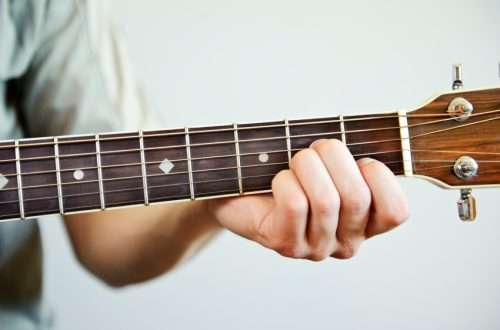
How to pick up a fight for a song on the guitar. A detailed guide for beginners
Contents

How to pick up a fight for a song on the guitar. general information
There are a huge number of selected chords for various songs on the Internet, as well as video lessons on how to play a particular composition. However, every guitarist will sooner or later have a situation where there are chords, but no lessons on how to play this song can be found. It was then that the question arises before him – how to choose a fight for her?
This article is written in order to give a clear guide to the selection of a rhythmic pattern for every aspiring musician. In it you will find step-by-step instructions on how to most effectively match the guitar strike to any of the possible songs.
Why choose a guitar fight?

So, for starters, it’s worth making out how any guitar touch is generally built in each song.
Its main purpose is to create texture and melody of the composition, as well as to emphasize certain moments of the song. First of all, the stroke highlights the strong and weak beats. He does this in several ways:


In addition, the guitar fight sets the melody of the song. This is even more important than placing accents, because, as a rule, musicians choose a fight for a convenient chord change. That’s why it’s so important to pick a fight as close as possible to what is in the original.
How to choose a fight for a song. Step-by-step instruction

Listening to a song

Determining the size

Another size, very often found in compositions, is three-quarters, or the so-called waltz rhythm. It counts as “one-two-three”, with emphasis on “one” and “three”. If you hear something similar in the composition, then try to calculate it like that, and if it fits, then most likely the battle is played in it. In general, an article can seriously ease the task for you. guitar rhythmswhich is available on our website.
Also, if other musicians are playing along with the guitarist, listening to the drum part will help a lot in determining the time signature. They usually emphasize the beat much more explicitly than the guitarist. A strong one is almost always indicated by a kick of the boss barrel. Weak – working drum.
Match selection
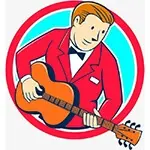
If this method does not fit, then start doing everything gradually, from the simplest patterns. I would recommend starting the rebound in general with a downstroke (down strokes) – this will help you determine the beats of the fight, the accents, and better understand all the details. After you have identified the simplest pattern, listen to the song again. Keep an eye on the guitarist (or other musician who plays the main rhythm part) and try to understand where he plays down and where he plays up. After that, make adjustments to your stroke. Usually, if you do this, then the selection of a battle is greatly simplified.
Finding chips and additional elements

Original examples of combat with chips and additions

Below are examples of ready-made rhythmic patterns, which are based on the popular four, six, eight fights. You can take some as a base and modify them however you like, or just use them to play around with the songs. All examples are written in 4/4 time signature, so they are suitable for playing many songs.
Example # 1


Example # 2

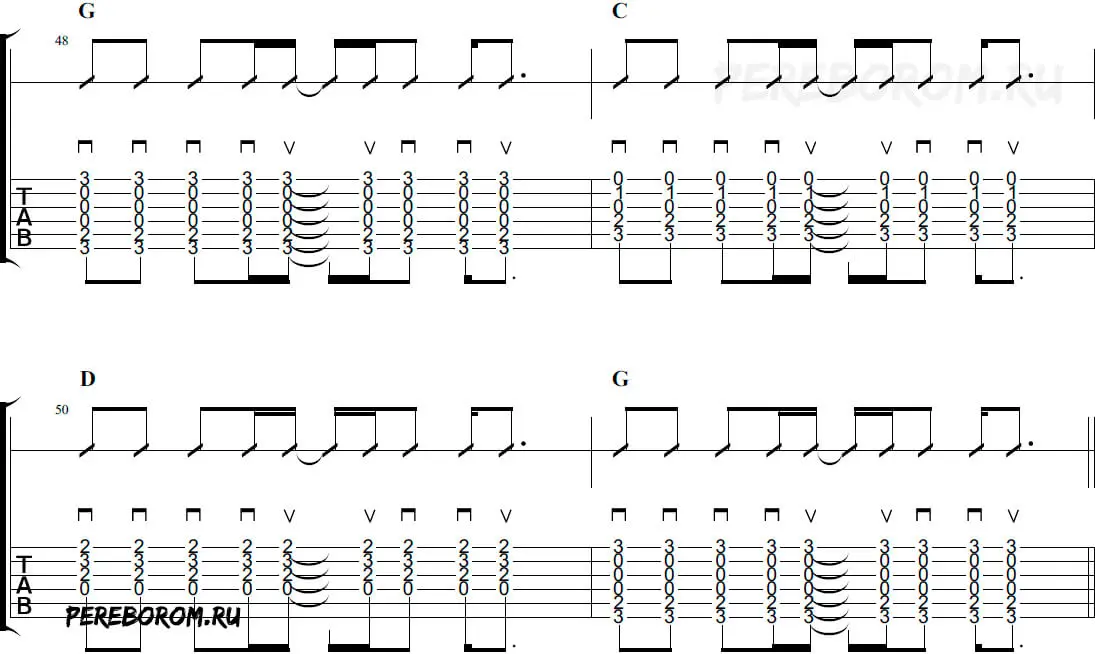
Example # 3

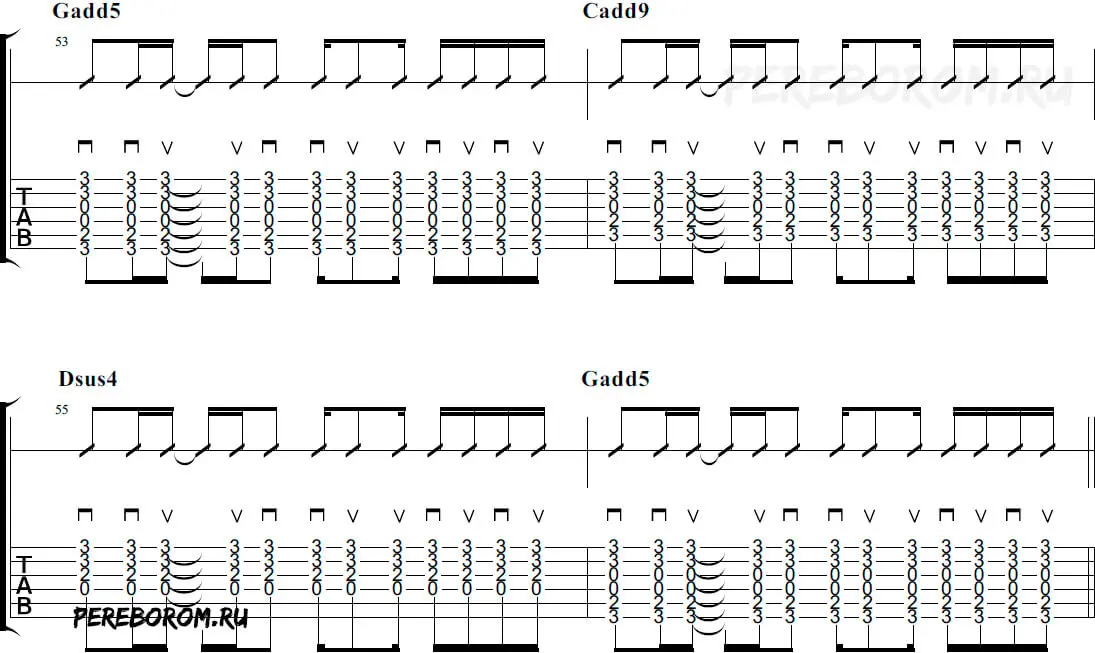
Example # 4
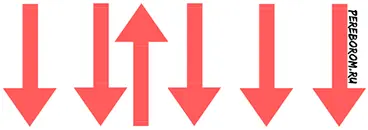

Example # 5

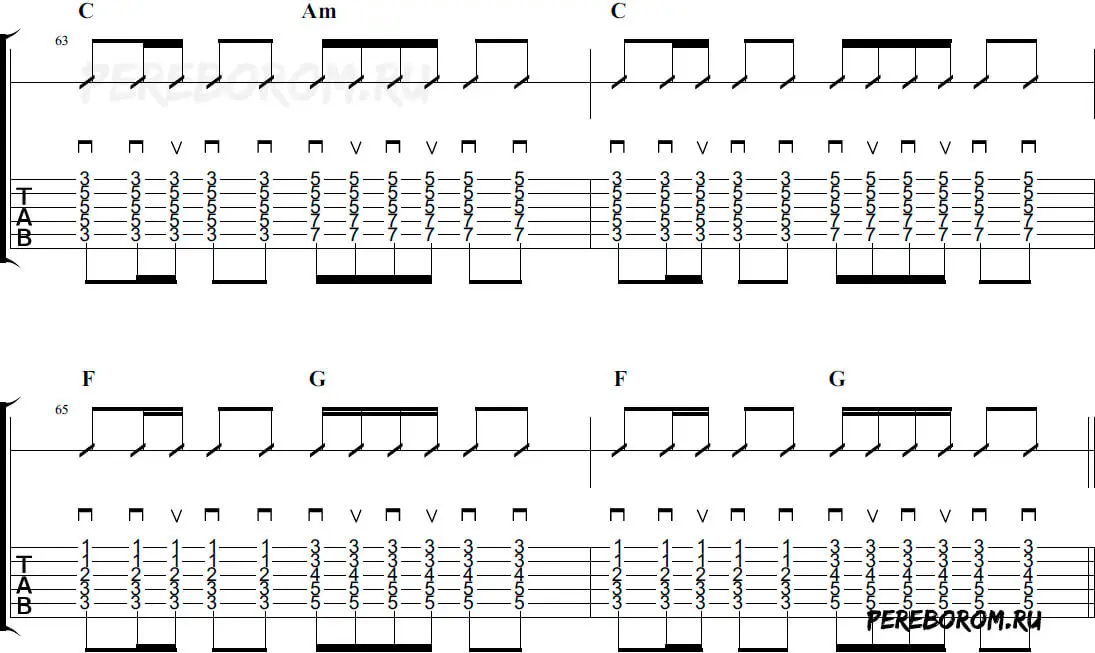
Conclusion




